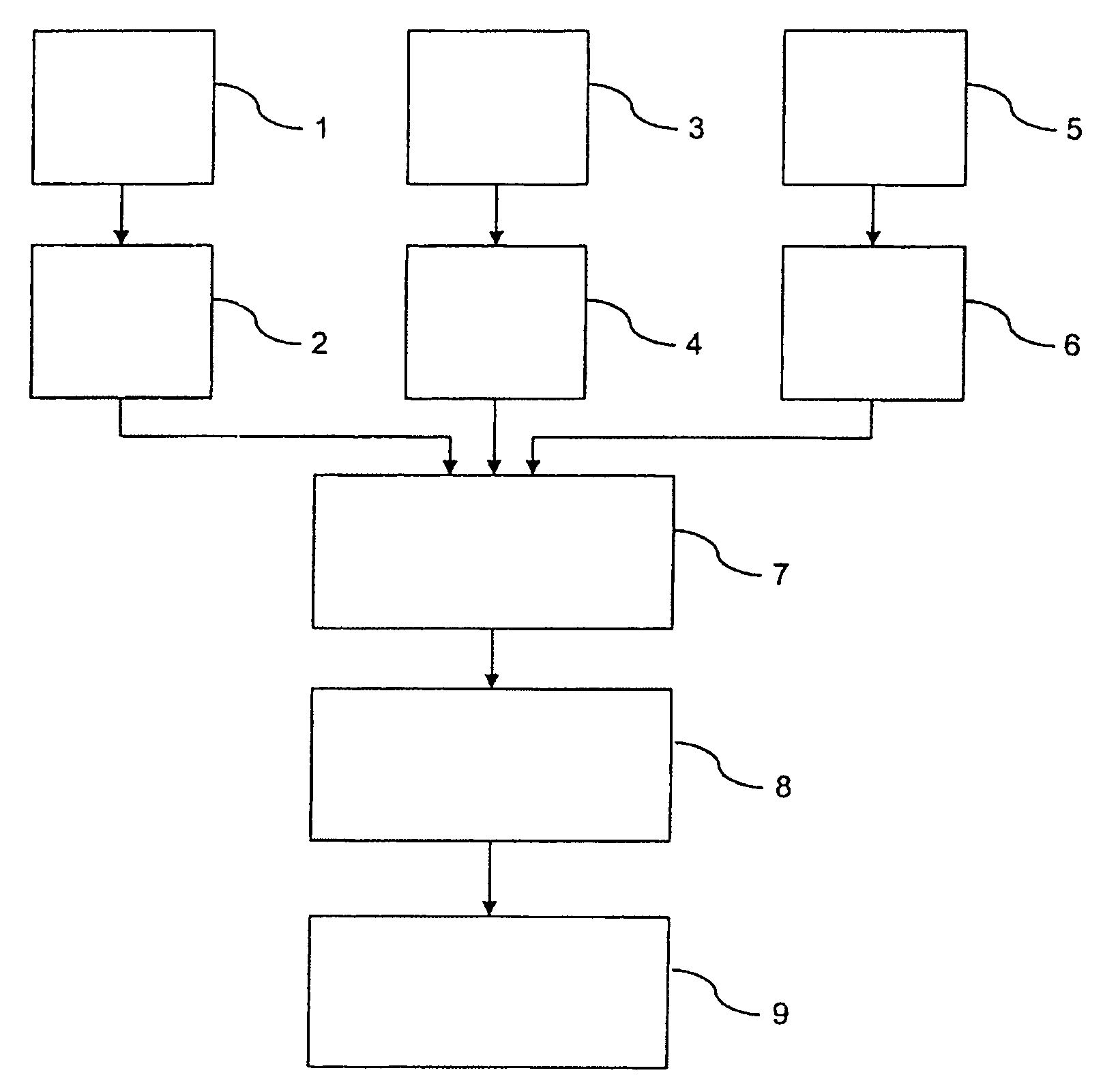Method for controlling the operation of a reversible belt retractor in a motor vehicle
a technology of reversible belts and retractors, which is applied in the direction of process control, pedestrian/occupant safety arrangement, instruments, etc., can solve the problems of not being able to unwind the tensioned belt strap, the restraint belt cannot be unwound from the belt reel, and the freedom of movement of the occupant is highly restricted, so as to improve the safety, reliability and comfort of the restraint belt system. , the effect of high probability
- Summary
- Abstract
- Description
- Claims
- Application Information
AI Technical Summary
Benefits of technology
Problems solved by technology
Method used
Image
Examples
Embodiment Construction
[0022]In step 1, a wheel speed, or preferably a plurality of wheel speeds, is / are detected and, from the detected wheel speeds, the longitudinal acceleration of the vehicle is determined. As an alternative, the longitudinal acceleration may also be determined in another manner or may be directly detected by means of a sensor. The longitudinal acceleration determined is made available for further processing in step 2. It is inquired in step 2 whether the longitudinal acceleration is below a specifiable acceleration threshold value.
[0023]In step 3, the rotational acceleration of the vehicle about its own vertical axis is detected by sensor or is determined by means of auxiliary variables, and is made available for further processing in step 4. In step 4, it may additionally be inquired whether the yaw velocity, the yaw acceleration or an auxiliary variable taking these two variables into consideration is below a specifiable threshold value.
[0024]In step 5, the transverse acceleration ...
PUM
 Login to View More
Login to View More Abstract
Description
Claims
Application Information
 Login to View More
Login to View More - R&D
- Intellectual Property
- Life Sciences
- Materials
- Tech Scout
- Unparalleled Data Quality
- Higher Quality Content
- 60% Fewer Hallucinations
Browse by: Latest US Patents, China's latest patents, Technical Efficacy Thesaurus, Application Domain, Technology Topic, Popular Technical Reports.
© 2025 PatSnap. All rights reserved.Legal|Privacy policy|Modern Slavery Act Transparency Statement|Sitemap|About US| Contact US: help@patsnap.com


